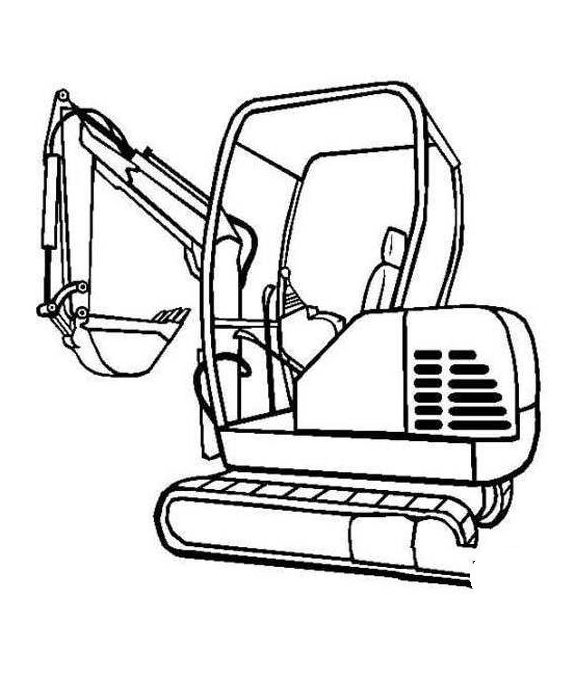1. Use pure antifreeze and replace it every two years or 4000 hours (whichever comes first);
2. Regularly clean the radiator protective net and surface debris to ensure the cleanliness of the radiator;
3. Check if the sealing sponge around the radiator is missing or damaged, and promptly replace it if necessary;
4. Check if the radiator guard and related sealing plates are missing or damaged, and replace them if necessary;
5. It is strictly prohibited to place tools and other related items at the side door of the radiator, which may affect the air intake of the radiator;
6. Check if there is any leakage of antifreeze in the cooling system. If there is any leakage, contact the service personnel on site in a timely manner for handling;
7. If a large number of bubbles are found in the radiator, it is necessary to promptly contact the after-sales service engineer to inspect the cause on site;
8. Regularly check the integrity of the fan blades and replace them promptly if there is any damage;
9. Check the belt tension and replace it in a timely manner if it is too loose or if the belt is aging;
10. Check the radiator. If the interior is too dirty, clean or flush the water tank. If it cannot be resolved after treatment, replace the radiator;
11. After the peripheral inspection is completed, if there is still high temperature, please contact the local after-sales service engineer for on-site inspection and handling.
Post time: Aug-03-2023

